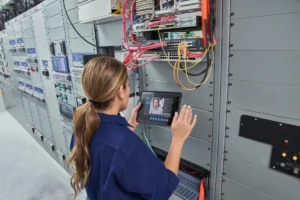
Safiyyah O’Quinn articles


3 ways to turn your field service operation into a revenue-generating machine
For decades, companies have relied on skilled technicians to repair equipment and engage with customers in the field. While these technicians were often the only representation that the customer would see, their skills, processes, and systems were seldom seen as critical aspects of the company’s revenue cycle.
2022 release wave 1 brings true mobility to field service management
The pandemic has greatly influenced the way we work. For many of us, the option to work from home was a relatively smooth transition. Video calls, instant messaging, and other digital tools filled the colleague collaboration gap—replacing in-person meetings and chats around the water cooler.
4 key elements to a successful field service transformation
A successful digital transformation requires weaving together technology, data, process, and operational change. If one of these domains fails to make the grade, your entire transformation may be in jeopardy. These four domains have one thing in common and that is they rely on people and what they bring to the table.
6 field service trends to watch in 2022
The global field service market is continuing to grow at a quickening pace. In 2016, the field service market size was estimated to be $1.78 billion USD, and now that number is predicted to hit $4.45 billion by the end of 2022—an estimated compound annual growth rate (CAGR) of 16.5 percent.
